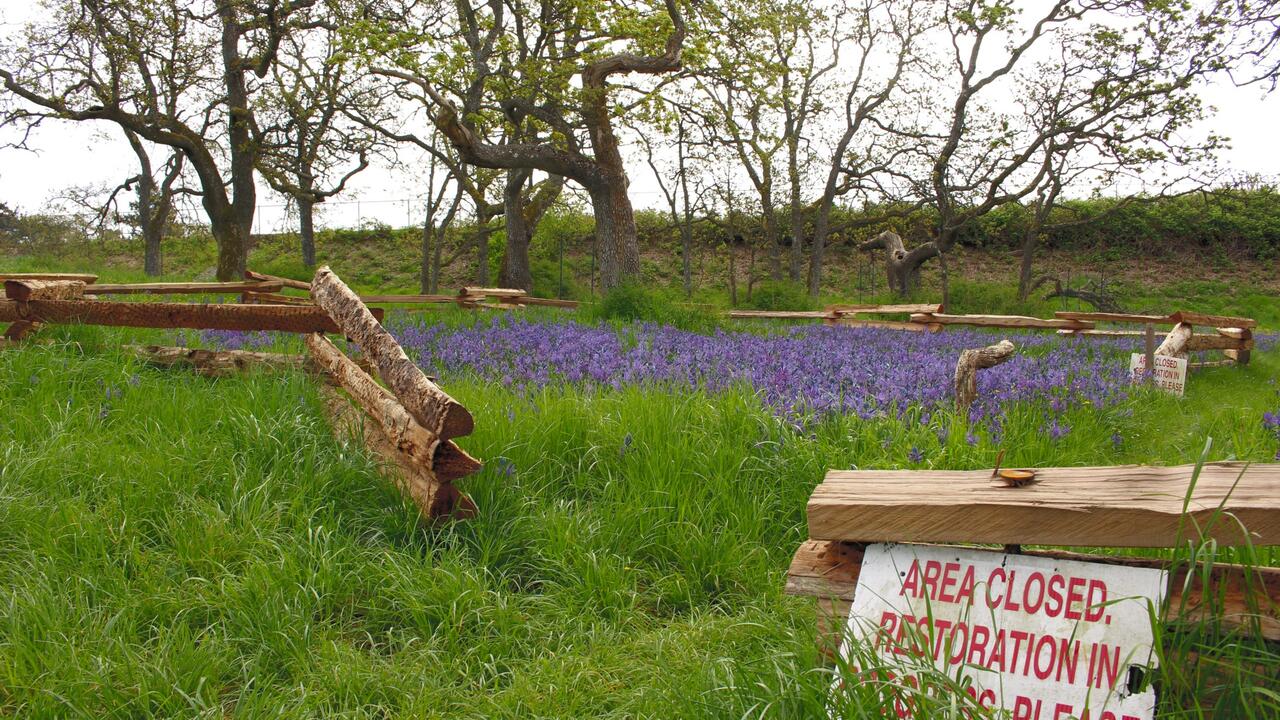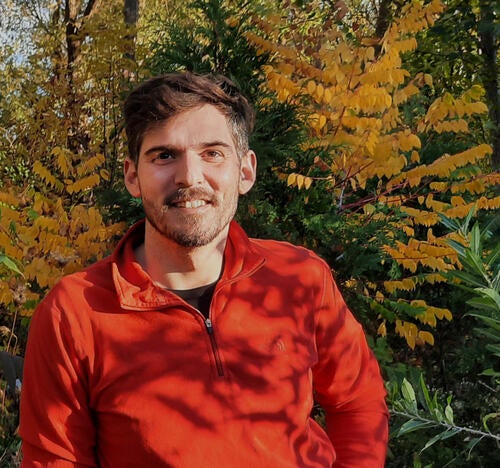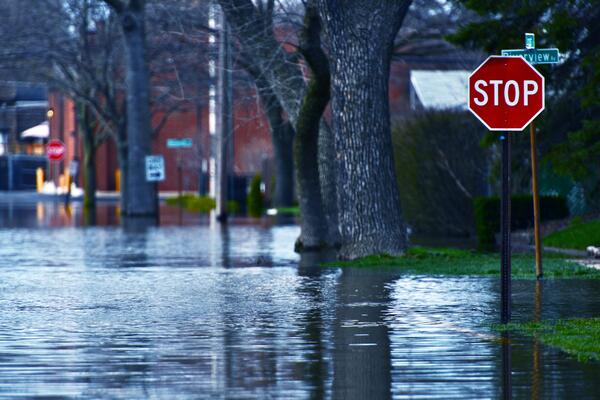
Restoring biodiversity in Canada
As the world commemorates Earth Day 2024, a Waterloo researcher shares how we can unlock more Canadian restoration solutions with community and academic collaboration

As the world commemorates Earth Day 2024, a Waterloo researcher shares how we can unlock more Canadian restoration solutions with community and academic collaboration
By Chantal Vallis Faculty of EnvironmentWith the UN Decade on Ecosystem Restoration well underway, one message is taking center stage – we need to restore biodiversity on our planet.
A new study, led by researchers in the Faculty of Environment, has uncovered details on Canada’s ecological restoration practices. By synthesizing insights from 50 years of Canadian academic research, they identified which ecosystems are being studied, and where.
Canada is an established global leader in ecological restoration, having developed the first national principles and guidelines for ecological restoration and the first international guidance for the World Commission on Protected Areas. However, much restoration happens in silos and little is known about the collective ecological restoration practices across Canada.
As they analyzed the data, the research team found that the field is tightly tied with restoration solutions to degradation from resource extraction in Ontario, Quebec, Alberta and British Columbia while other parts of the country, like Northwest Territories, are overlooked by the literature. Additionally, forests and peatlands receive a lot of attention while marine, costal, river and tundra ecosystems are less studied.
The researchers believe that greater collaboration between academia and practitioners is necessary to unlock key insights into the geographic and ecosystem gaps they identified and will also help develop a holistic picture of restoration practices in the country.

Tim Alamenciak
“We believe reports and data by community groups, Indigenous Peoples, nonprofits and governments represents the majority of restoration data whereas academic work represents a small piece of what's actually available,” says Tim Alamenciak, PhD candidate in the School of Environment, Resources and Sustainability. “The issue is that community information is not easy to find.”

Read more
Waterloo launches first-of-its-kind interdisciplinary graduate diploma in climate change to provide additional resources for the global climate crisis

Read more
University of Waterloo and leading real estate developer The Caivan Group launch the Future Cities Institute

Read more
Ahead of the spring melt, Canadian municipalities now have a cost-effective and user-friendly “Check-Up” to assess and limit flood risk
The University of Waterloo acknowledges that much of our work takes place on the traditional territory of the Neutral, Anishinaabeg and Haudenosaunee peoples. Our main campus is situated on the Haldimand Tract, the land granted to the Six Nations that includes six miles on each side of the Grand River. Our active work toward reconciliation takes place across our campuses through research, learning, teaching, and community building, and is co-ordinated within the Office of Indigenous Relations.